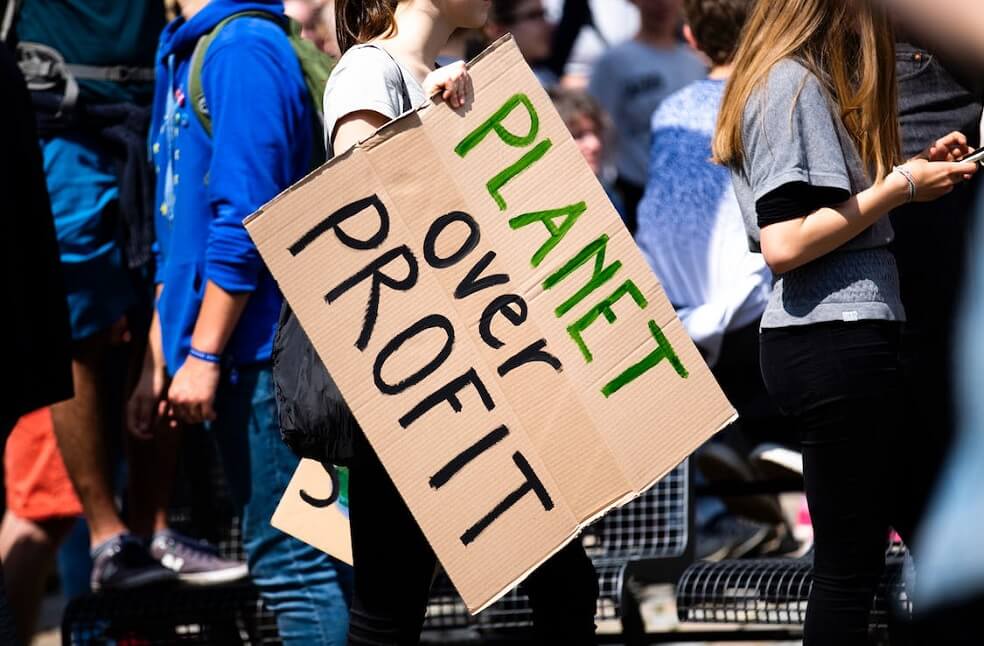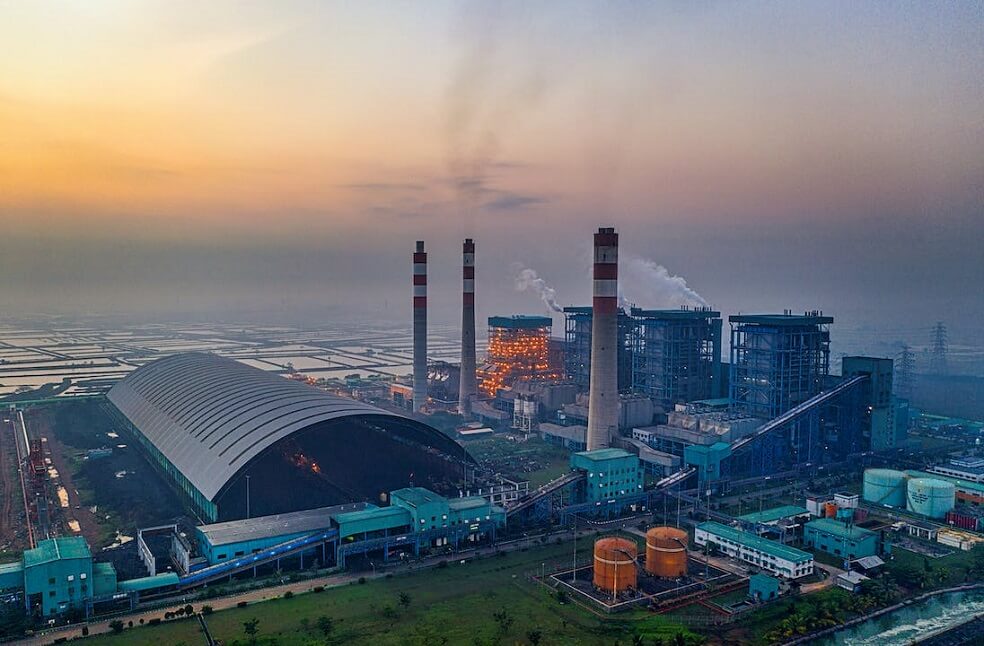Denmark: A new study has found that rock “flour” produced through the grinding process beneath Greenland’s glaciers has the ability to trap carbon dioxide (CO2) responsible for climate heating. This innovative technique, known as enhanced rock weathering (ERW), shows global potential for removing billions of tonnes of CO2 from the atmosphere, thus aiding in the mitigation of extreme global heating.
The natural chemical reactions triggered by the breakdown of rock powder result in the fixation of CO2 from the air into new carbonate minerals. Furthermore, enhancing the rock weathering process not only facilitates carbon capture but also promotes soil fertility by providing essential nutrients.
The positive impact of Greenland’s rock flour was observed when it was spread on fields in Denmark, leading to significant increases in crop yields, including those for barley cultivated for the renowned Carlsberg brewery.

With Greenland’s massive ice sheet generating approximately 1 billion tonnes of rock flour annually, the potential supply of this material is virtually limitless, according to the researchers. They assert that removing a portion of the rock flour would have minimal impact on the local environment. Although the weathering process itself is relatively slow, taking decades to complete, the researchers suggest that ERW could make a substantial difference in achieving the crucial goal of reaching net zero emissions by 2050.
Professor Minik Rosing from the University of Copenhagen, a member of the research team, emphasizes the importance of simplicity for a solution to have a global impact. The researcher asserts that mud, such as rock flour, is the simplest approach, requiring no advanced technology or intricate processes.
While some researchers are exploring the use of mechanically ground rock for ERW, Dr. Christiana Dietzen, also from the University of Copenhagen, notes that glacial rock flour stands out due to its lack of processing requirements. The weathering process for this type of rock flour is considerably slow in Greenland’s cold conditions but accelerates when spread in warmer regions.

The study, published in the International Journal of Greenhouse Gas Control, estimates that each tonne of rock flour has the potential to trap approximately 250kg of CO2. After three years of incorporating rock flour into Danish soil, the researchers observed that about 8% of the expected CO2 uptake had been achieved.
Additionally, the authors calculated that if all farmland in Denmark were treated with rock flour, approximately 27 million tonnes of CO2 could be captured—equivalent to the country’s annual CO2 emissions.
This research offers promising insights into a simple and scalable approach to mitigating carbon dioxide levels in the atmosphere. While further studies are necessary to assess the long-term effectiveness and feasibility of implementing ERW on a larger scale, the potential of Greenland’s rock flour as a valuable tool in the fight against climate change cannot be overlooked.



